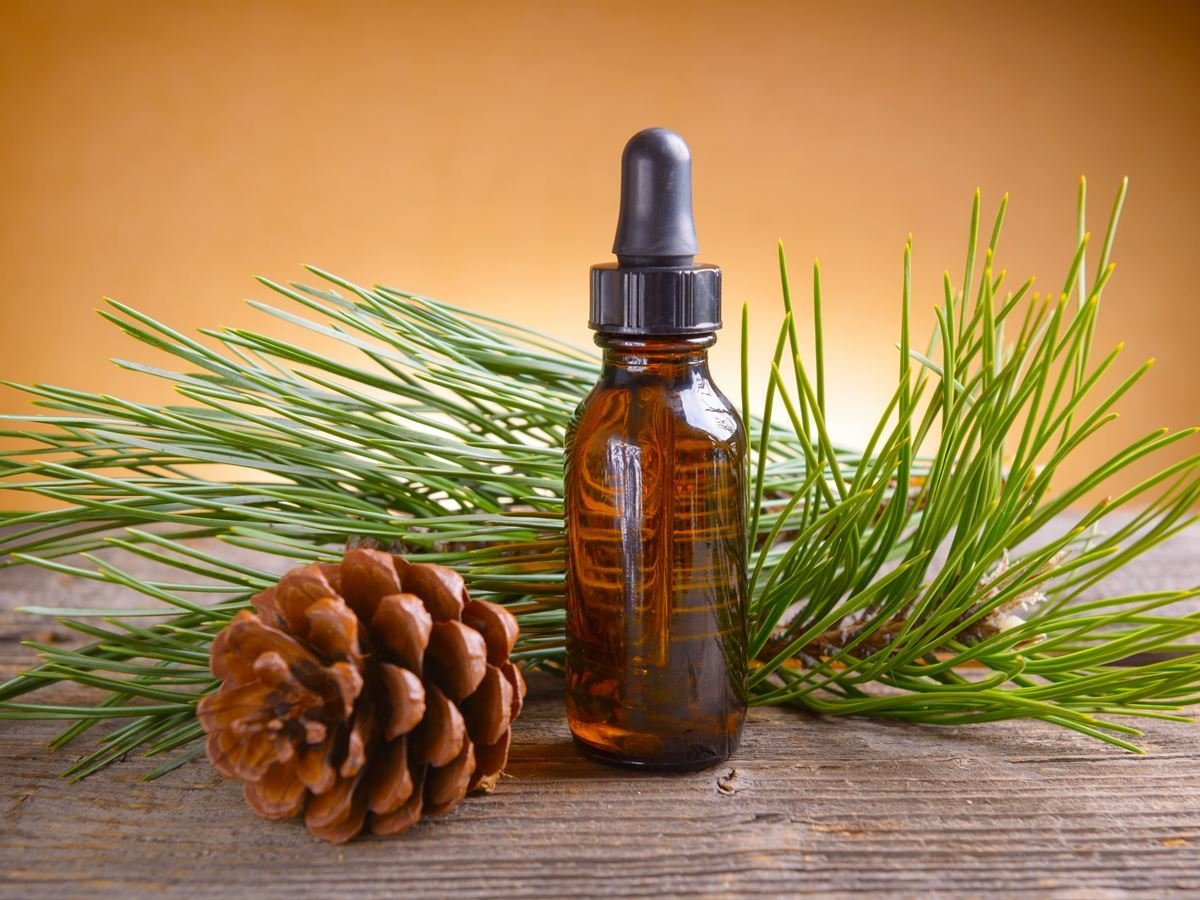ARTICLES ABOUT PINE OIL

Effects of pine needle extracts on plasma cholesterol, fibrinolysis and gastrointestinal motility
Pine needle (Pinus densiflora Sieb. et Zucc.) extract has been used to improve cardiovascular disorders, detoxification of nicotine, the infirmities of age and curing diseases of unidentified symptoms in folk medicine. To determine the facts behind the traditional belief, we tried to investigate the effects of fresh and self-fermented pine needle extracts of different aging. Fibrinolytic activities of the extract indicated that activity depends on time and also with aging of the product. It was also found that the extract can lower the blood plasma cholesterol and triglyceride in cholesterol fed rat. Also, Self-Fermented Pine Needle Extracts 7 years old (SFPE 7) (200 μg/mL) reduce the frequency and amplitude of pacemaker currents in Interstitial Cells of Cajal (ICC) of murine small intestine by modulating ATP-sensitive potassium channels. Therefore, the investigation indicated that self-fermentation improves efficacy of the pine needle extracts reducing risk of cardio-vascular related disorders and would be an important source in nutraceutics.
Available from: researchgate.net
Influence of Korean pine (Pinus koraiensis)-seed oil
The effects of dietary Korean pine (Pinus koraiensis)-seed oil containing a peculiar trienoic acid (cis-5, cis-9,cis-12-18:3, pinolenic acid, approximately 18%) on various lipid variables were compared in rats with those of flaxseed (Linum usitatissimum L.) oil, safflower (Carthamus tinctorius L.) oil and evening primrose (Oenothera biennis L.) oil under experimental conditions where the effects of different polyunsaturated fatty acids could be estimated. In Sprague-Dawley rats fed on diets containing 100 g fat and 5 g cholesterol/kg, the hypocholesterolaemic activity of pinolenic acid was intermediate between α-linolenic and linoleic acids. Analysis of the fatty acid composition of liver phosphatidylcholine indicated that, in contrast to α-linolenic acid, pinolenic acid does not interfere with the desaturation of linoleic acid to arachidonic acid. However, the effects on ADP-induced platelet aggregation and aortic prostacyclin production were comparable. When spontaneously hypertensive rats were fed on diets containing 100 g fat/kg but free of cholesterol, γ-linolenic and pinolenic acids, as compared with linoleic acid, increased prostacyclin production and tended to reduce platelet aggregation. In addition, pinolenic acid attenuated the elevation of blood pressure after 5 weeks of feeding. Thus, the results of the present studies indicate the beneficial effects of pinolenic acid on various lipid variables.
Available from: cambridge.org
Pine Bark Extract Shows Glucose-Lowering Effect in Diabetics
Extracts from French maritime pine bark may inhibit an enzyme linked to glucose absorption 190 times more than a synthetic medication, says new research from Germany that could offer significant benefits for diabetics if the results can be translated from the lab to humans.
The results of the new study, published on-line in the journal Diabetes Research and Clinical Practice, add to a growing body of research reporting anti-diabetic effects of the pine bark extract, Pycnogenol.
Diabetes mellitus type II is a serious disease with rising prevalence," said lead researcher Dr. Petra Hogger. "This study is crucial for those suffering with the disease because it affirms that Pycnogenol brand pine bark extract is more effective than [a] prescription medication and supports the abundance of other research done on Pycnogenol and diabetes."
In the US, there are over 20 million people with diabetes, equal to seven percent of the population. The total costs are thought to be as much as $132 billion, with $92 billion being the cost of medication paid to pharmaceutical companies, according to 2002 American Diabetes Association figures.
Hogger and co-researcher Angelika Schafer from Wurzburg University tested Pycnogenol brand pine tree extract, a green tea extract (Emil Flachsmann) and the synthetic compound acabrose (Glucobay, Bayer Vital) for their ability to inhibit alpha-glucosidase, an enzyme found in the large intestine that is involved in the metabolism of carbohydrates and the production of glucose. By inhibiting the activity of the enzyme it could be possible to prevent typical high-glucose peaks in the blood stream after a meal.
The in vitro study used an assay of alpha-glucosidase activity with equal concentrations of each sample and report that the most potent inhibition of the alpha-glucosidase was achieved by the pine bark extract (quantity required 50 percent inhibition five micrograms per millilitre), followed by the green tea extract (20 micrograms per millilitre) and finally the acarbose (one milligram per millilitre).
“Since the alpha-glucosidase enzymes are located in the duodenum the intact pine bark extract constituents could exert inhibitory effects on alpha-glucosidase before a secondary metabolism of the procyanidin oligomers by bacteria occurs of the lower intestinal tract,” wrote the researchers.
“Our results contribute to the explanation of clinical anti-diabetic effects of Pycnogenol,” they said. To identify which compounds in pine bark extract may be behind the inhibiting effects, the researchers tested four different fractions (phenol carbonic acids and monomeric polyphenols; dimeric and trimeric procyanidins; tetrameric up to hexameric procyanidins; and higher oligomeric compounds). The latter of these fractions inhibited the enzyme's activity by 94 percent.
“The results obtained assign a novel, local effect to oligomeric procyanidins and contribute to the explanation of glucose-lowering effects of pine bark extract observed in clinical trials with diabetic patients,” wrote the researchers.
Horphag Research, manufacturer of Pycnogenol brand pine tree bark extract was the funding source behind this latest study.
Available from: rejuvenation-science.com
Antioxidant principles from the needles of red pine
Antioxidant activity of Pinus densiflora Sieb. et Zucc. (Pinaceae) was evaluated for potential to inhibit hydroxyl radicals, inhibit total reactive oxygen species generation in kidney homogenates using 2′,7′-dichlorodihydrofluorescein diacetate (DCHF-DA) and scavenge authentic peroxynitrites. The methanolic extract of P. densiflora showed strong antioxidant activity in the tested model systems and thus fractionated with several solvents. The antioxidant activity potential of the individual fraction was in the order of ethyl acetate > n-butanol > water > dichloromethane fraction. The ethyl acetate soluble fraction exhibiting strong antioxidant activity was further purified by repeated silica gel and Sephadex LH-20 column chromatographies. An active lignan (+)-isolarisiresinol xylopyranoside, as well as two active flavonoids [kaempferol 3-O-β-galactopyranoside and its 6″-acetyl derivative], were isolated.
Available from: onlinelibrary.wiley.com


